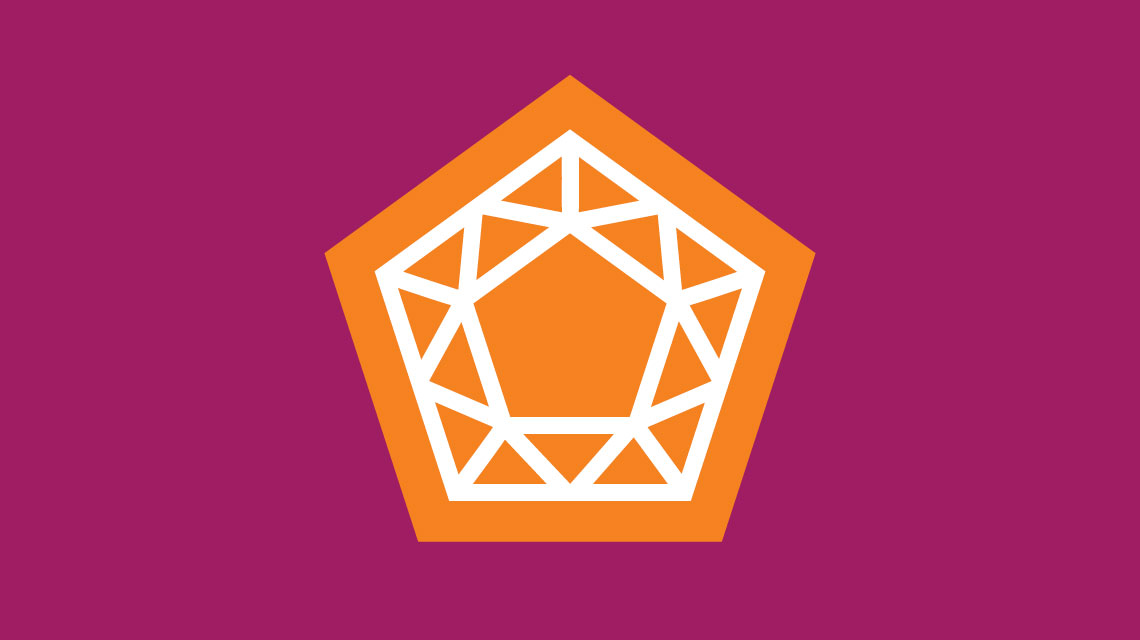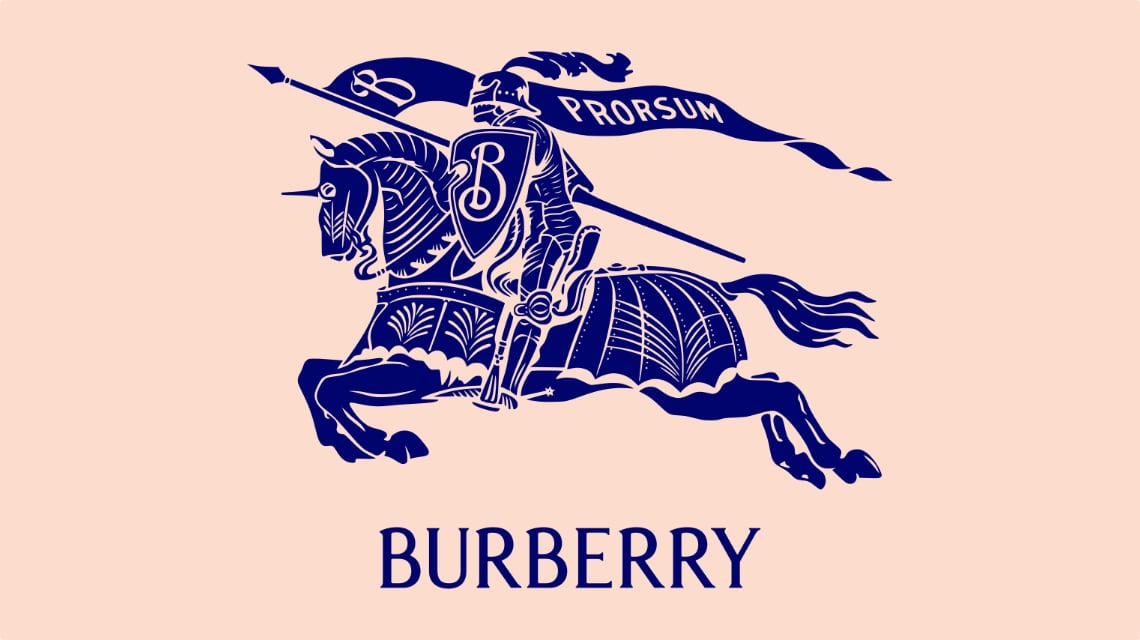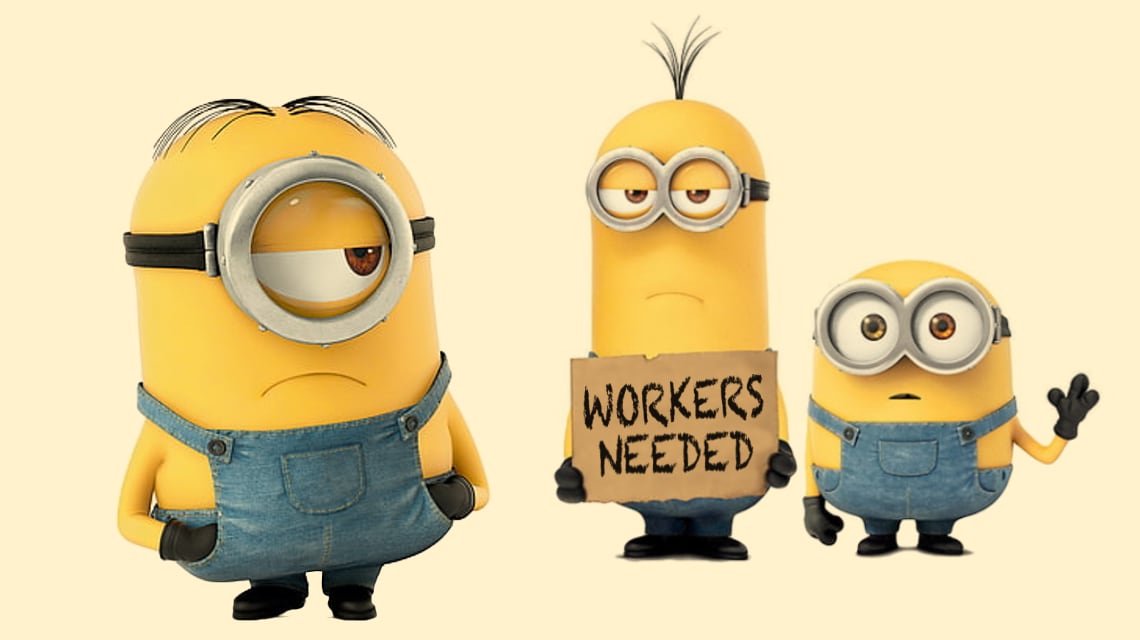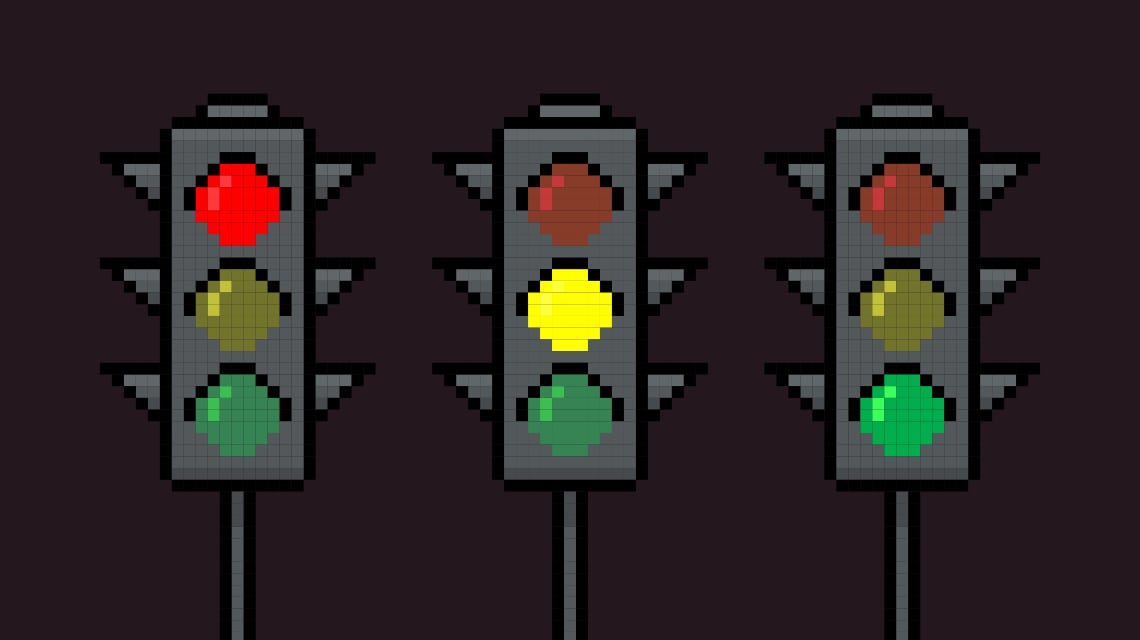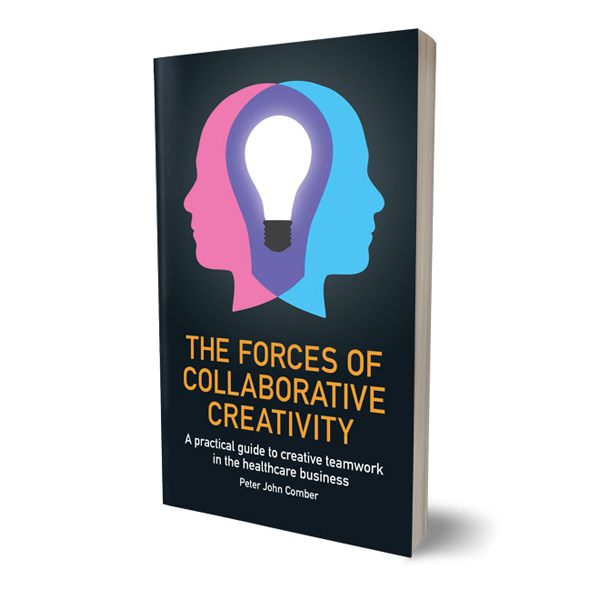Invention and Collaborative Creativity.
The fifth in a series about the five forces of Collaborative Creativity.
In ‘The Forces of Collaborative Creativity’, I explain the Collaborative Creativity method and examine its effects and why it works. The theory I have formed, based on personal experience and observation, is that Collaborative Creativity generates five forces: Self-discovery, Empathy, Realisation, Cohesion and Invention. In this article, I focus on Invention.
The force of invention is the energy of useful ideas. It is the spark that, under the right conditions, becomes innovation. Invention uses the collective intelligence, experience and imagination of groups to evoke diverse possibilities and analyse them to select the best option. It is also the exchange, dissemination and adoption of ideas that are required for change to successfully occur in organisations.
We have a fascination with lone genius. We like the stories of individuals and their inventions. The reality is that a creative collective is more reliable and sustainable as a long-term business than a company that relies on the creative output of one person. In industries where creativity is a core focus, like fashion, the Creative Director is the leader of a team of creatives. To have lots of good ideas it is best to have a lot of people having a lot of ideas. Collaborative Creativity is all about groups of people and it is also about groups of diverse people. When people with different points of view share their ideas and opinions, original and interesting things emerge.
In his book, Rebel Ideas: The Power of Diverse Thinking, Matthew Syed writes of an experiment that explored the differences between two types of team composition: the cognitively different and the cognitively homogenous. People in the two groups had very different experiences of the task. Those in diverse teams found the discussion cognitively demanding. There was plenty of debate and disagreement because different perspectives were aired. They usually came to the right decisions, but they were not wholly certain about them. The fact that they had such a full and frank discussion of the case meant that they were exposed to its full complexity. The experiences of the homogenous team were radically different. They found the session more agreeable because they spent most of the time, well, agreeing. And although they were more likely to be wrong, they were far more confident about being right. This confirms my belief that cognitively demanding discussions among diverse types of people (which, by the way, involve Empathy and Self-discovery) help groups to understand complexity and that diversity is key to arriving at the right decisions and new solutions.
There is an important distinction to be made between ‘hard’ and ‘soft’ inventions. For example, a coffee machine is a hard invention - it has a physical presence and function. A coffee shop is a ‘soft’ invention, it has tangible aspects but the concept (service experience and convenience) is impalpable. A hard invention can be created by a single person with vision and skills. A soft invention exists and is successful only if all the people involved in its development and execution understand and embrace the idea, with each of them making an appropriate contribution.
Today, innovation frequently means inventing how an existing organisation can use new technology. Like any kind of change, it is disruptive and the ramifications of the change go beyond technical issues and enter the realms of individual agency and emotions - it is, in whole or in part, a soft invention. There is a phenomenon called reactance theory: when people experience a threat to or loss of the behaviours they are accustomed to (their perception of freedom) they react strongly and negatively to protect their freedom (the status quo). The greater the perceived threat the greater the reaction - or put another way, the greater the innovation, the greater the resistance to it. An element of the force of Invention is the comprehension, acceptance and support of an idea that derives from having contributed to the development of the idea or some aspect of its implementation.
When the main objective of Collaborative Creativity is innovation, what makes it distinctive is the ability of a group to create ideas together and as a consequence, their ability and desire to understand, engage with and adopt those ideas through new behaviours. I believe this process of intertwined innovation and change is a fundamental part of an organisation’s competitive advantage in the twenty-first century. This is the force of Invention.
